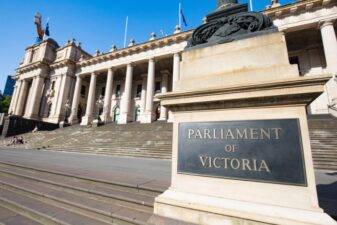THE GOVERNMENT HAS MODIFIED AND EXTENDED THE OPERATIONS OF THE COMMERCIAL TENANCY RELIEF SCHEME (SCHEME) TO 31 DECEMBER 2020.
As part of its response to the covid-19 pandemic, the Victorian government introduced the commercial tenancy relief scheme (scheme) in April this year to alleviate financial hardship faced by tenants as a result of covid-19.
The earlier regulations providing a moratorium against evictions ended on 29 September 2020.
The government has modified and extended the operations of the commercial tenancy relief scheme (scheme) to 31 December 2020.
Which tenancy will the Scheme apply to?
The scheme applies to “eligible leases”. The regulation defines eligible leases to include retail leases, commercial leases and license’s for tenants who are SMEs (an entity with turnover of less than $50 million) and entitled to the JobKeeper payment.
The definition of “turnover” now expressly excludes JobKeeper payments.
Revised procedures for tenants requesting rent relief
Rent relief and protection from eviction is effective from the date that the tenant makes a compliant request for rent relief to the property owner under the revised regulations. Unlike the earlier regulations, the amended regulations are prescriptive in terms of the information required to be provided by the tenant.
Any applications for rent relief for periods on and from 30 September 2020 are not retrospective and landlords will only be required to grant rent relief for the period beginning on the date of a tenant’s compliant request until 31 December 2020.
For tenants who still require rent relief, those requests should be made now to avoid inadvertently losing an entitlement to rent relief.
Landlords will continue to have an obligation to respond to a compliant request for rent relief within 14 days.
Changes to Scheme
The key changes to the Scheme for landlord and tenants include:
- Rent relief offered by landlords must be, at a minimum, proportionate to the reduction in a tenant’s turnover associated with the business conducted at the premises.
- The landlord must provide not less than 50% of the rent relief in the form of a waiver of rent, unless the landlord and tenant otherwise agree in writing.
- For landlords and tenants with existing rent relief agreements established under the earlier version of the Scheme, the tenants may seek further rent relief if its financial circumstances have materially changed and may make a fresh request if the existing agreement does not comply with the new proportionality requirements or the rent relief does not extend to 31 December 2020. The new request is not retrospective.
- A landlord’s ability to take into consideration its financial ability to offer rent relief when making an offer of rent relief to tenants has been removed
- Tenants may now apply to the Small Business Commissioner for a binding order in relation to rent relief in circumstances where a landlord has failed to respond to a mediation request or has not engaged in the mediation in good faith. Landlords are not afforded the same opportunity but may still initiate a lease dispute in the usual course.
Tenants who require assistance with making a compliant request or are unsure of what their rights are should consider seeking legal advice.




